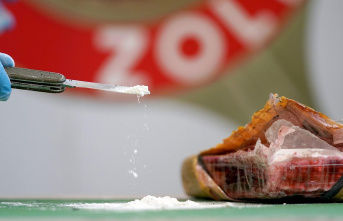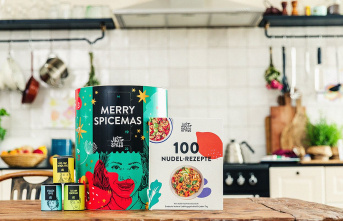It's no cakewalk: the testers at Ökotest expected all sorts of things, but by no means dirt. The Langenese Fleet Bee Organic Blossom Honey contains "heavy impurities" writes the laboratory. After all: Out of 19 tested products, eight are "very good" and three are "good", all of organic quality. But six honeys fail, with "poor" or the worst grade "insufficient", including some with an organic seal.
But how the dirt got into the Langnese honey is a mystery to the testers. Langnese writes that the suppliers often do not have any complex facilities to sieve the honey. For Ökotest, however, this is not a conclusive argument and they know that there is a better way.
The test winners included the acacia honey from Alnatura (8.99 euros per 500 grams), the DM organic acacia honey (8.90 euros) and also the Gut Bio honey from Aldi Nord/Aldi Süd (4.19 euros).
The honey from Denreeblossom honey and the rapeseed honey from the Hessian beekeeping Högler caused amazement. The latter even bears the trademark "Real German Honey" with the strict quality criteria of the German Beekeepers' Association. The laboratory found sugar syrup in both products. It is strictly forbidden by law, just like other additives. How did he get in there? There are two explanations: either it was faked and the honeys were actually diluted with sugar syrup. Or it was messed up and the syrup comes from feeding the bees sugar or syrup. If the beekeeper does not work properly here, traces of the syrup can be found in the honey after the additional feeding.
Ökotest discovered pollen from several genetically modified plants, including soy. You can only find out with the help of a laboratory. Consumers cannot rely on this addition being noted on the honey jar. Because genetically modified ingredients only have to be labeled on the packaging if they contain more than 0.9 percent.
You can read the whole test here for a fee!












